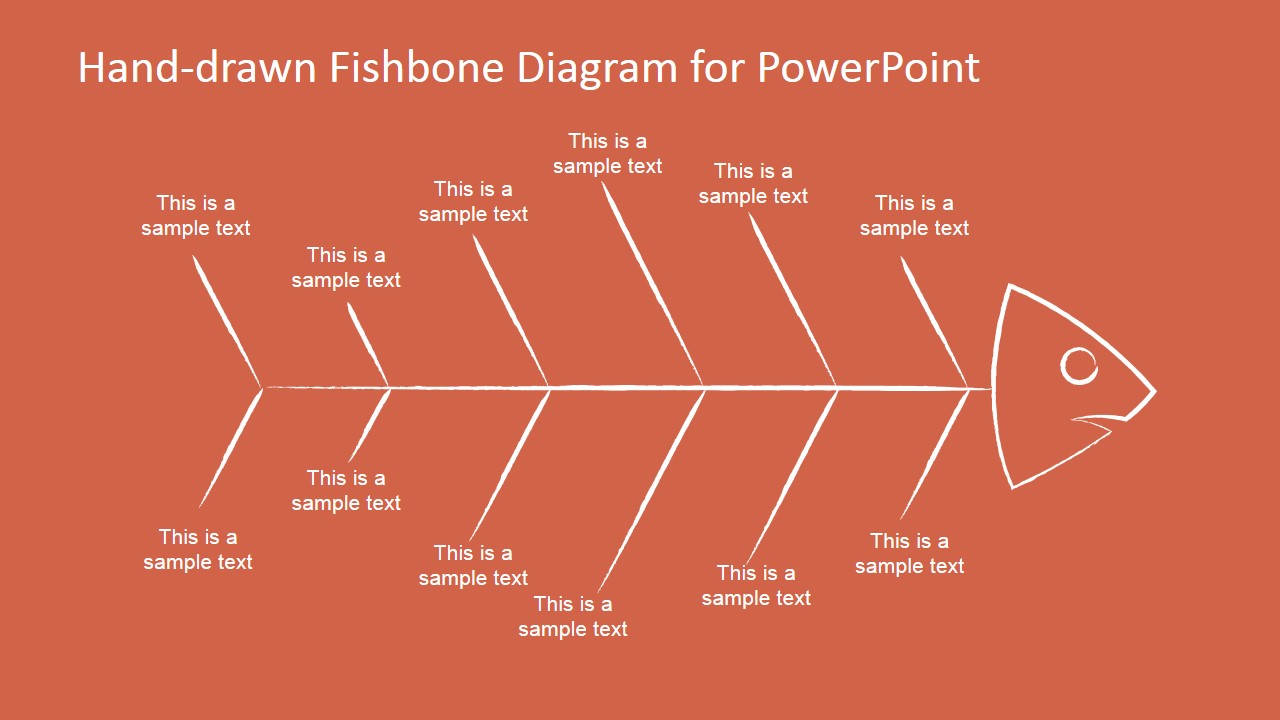

Environment: These are the conditions, time, location, temperature, and culture in which the process operates.Measurements: This is the data that is generated from the process used to evaluate its quality.Machines: These are the computers, tools, and equipments that are used to fulfill the task and job.People: They are the ones who are involved in the process.Methods: This section covers the details of the process and some specific requirements for doing it, such as procedures, rules, policies, regulations and laws.As mentioned above, the causes are grouped into key categories so as to be able to recognize sources and causes for any variations. Typically, the Ishikawa diagram is used to determine factors that could potentially lead to a major, overall effect, particularly in quality defect prevention and product design processes. The first one is the primary cause that could directly lead to the effect while the secondary cause is the one that could lead it to a primary cause which does directly does not have an end effect. Generally, this fishbone diagram is used to present causality and it has two causes, primary and secondary cause. Moreover, analysts can see the real time snap-shot of the collective inputs of the team. Also, it lets you focus on the symptoms or history of the problem. Once the problem is found, they eliminate them which enable the team to focus on why the problem has occurred. The core aim of this diagram is to brainstorm all the potential causes that could cause the difficulty and then go deep inside the factors that are causing the problem eventually. Owing to the popularity and applications of the process, he soon became the founding fathers of modern management.

He introduced this diagram for the quality management process in the Kawasaki shipyards. This diagram was first introduced by Kaoru Ishikawa in 1968 this is why it is also called as Ishikawa diagram. Basically, there are various causes grouped into several categories highlighting the causes of the potential issue. It is a simple tool that is used for brainstorming issues and reasons of particular problems. It is also called as Ishikawa diagram and cause and effect diagram. The fishbone diagram is a very simple tool that permits effective and quick root causes in the pursuit of corrective actions.


 0 kommentar(er)
0 kommentar(er)
